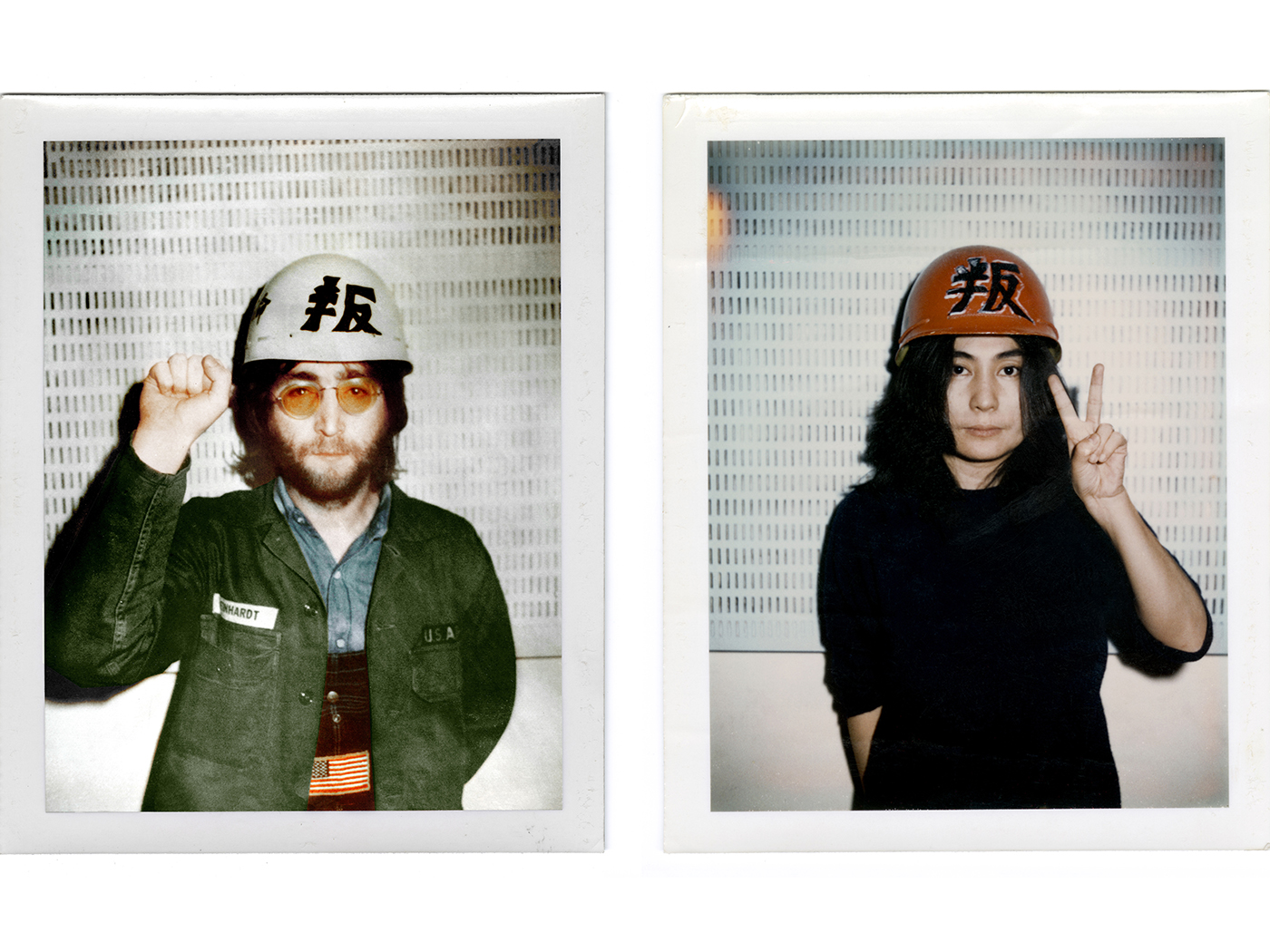Before we get to Elephant’s Memory, let’s tackle the elephant in the room. Power To The People covers the period John Lennon and Yoko Ono moved to the US and recorded Some Time In New York City. Chronologically, it falls between Imagine and Mind Games, both of which have already received lavish boxsets. So why is Power To The People out of sync? In short, because of “Woman Is The N***** Of The World”.
The elephant in the room
Before we get to Elephant’s Memory, let’s tackle the elephant in the room. Power To The People covers the period John Lennon and Yoko Ono moved to the US and recorded Some Time In New York City. Chronologically, it falls between Imagine and Mind Games, both of which have already received lavish boxsets. So why is Power To The People out of sync? In short, because of “Woman Is The N***** Of The World”.
The song title was controversial enough in 1972 – indeed, that was the very point – but by the 2020s was deemed beyond the pale and Mind Games was shuffled ahead in the queue. Now Power To The People has emerged with the problematic song excised completely – not even acknowledged in extensive sleevenotes, bar a reproduction of the original album artwork – while it’s surely not unrelated that the smaller, more affordable versions of this release focus on Lennon’s 1972 One To One concerts rather than the studio album that Lennon and Ono recorded with the Elephant’s Memory band.
The decision was clearly not made lightly. But while the removal of one track from any artist’s legacy is significant, the deluxe box does attempt to make up for that with 92 bonus tracks. As well as the euphemistic “re-imagining” of Some Time In New York City, now simply titled New York City, there’s the traditional Evolution and Element mixes of the album. On top of that come (almost) complete recordings of two One To One concerts from Madison Square Garden in August ’72 (originally released as Live In New York City and here scrubbed up beautifully but without “Woman Is…”), plus a 17-track hybrid featuring the best moments from both performances. The latter is available as a standalone CD/LP.
A very different experience to Imagine
Three further albums spotlight the impromptu nature of Lennon’s approach in this era. Studio Jam contains rock’n’roll covers from the sessions, while Home Jam has 33 home/hotel demos, including four with Phil Ochs. Finally, Live Jam 2 extends the live portion of the original Some Time In New York City LP to include appearances at other benefits including the John Sinclair Freedom Rally and the Attica State Benefit. Overseen by Sean Ono Lennon, the box is embellished by memorabilia and capped by a lavish book that supplies essential context.
That context is of place – John and Yoko’s move to New York – and politics, as the couple supported a series of radical causes through interviews, benefits and songs. Some Time In New York City was packaged as a newspaper, and songs covered subjects found in the era’s alternative press – Ireland, prisons, civil rights, feminism, injustice of all kinds. They were often written overnight and recorded the next day in a couple of takes with the Elephant’s Memory, a Greenwich Village band best known for performing on the Midnight Cowboy soundtrack, but with Jim Keltner providing additional muscle. It’s an approach John and Yoko had employed since 1969, when they talked about releasing singles as bulletins to address salient topics, but it made for a very different experience to Imagine.
The new album places “New York City” as the opening song and includes longer versions of “Sunday Bloody Sunday”, which now has a chaotic and powerful outro, and “John Sinclair”, now two minutes longer (and which, interestingly, retains the word “gook” in the lyrics). Both interventions feel genuine and justifiable. The remaster emphasises Lennon’s vocal, while bringing a crispness to the sound without diluting the raw emotion. Here, Sean Ono Lennon can take direction directly from his father, who is heard on the Evolution mix of “New York City” chastising “that clean recording sound that I fucking hate”.
Welcome additions to the brief Lennon live canon
The Evolution mixes are highlights of the Lennon reissues, little documentaries for each song that start with the demo and then show how a track evolved in the studio with producer Phil Spector. “I’m going to be singing either in Liza Minelli style or Yoko Ono style…,” says Yoko, with terrific self-awareness, during “Born In A Prison”, one of the album’s strongest songs, while Lennon jokes, “Sorry Paul, it’s all over now” after recording “Sunday Bloody Sunday”, referencing McCartney’s “Give Ireland Back To The Irish”.
The complete One To One concerts and Live Jam 2 are welcome additions to the brief Lennon live canon, but while Studio Jam is fun, there’s only so much that can be gained from listening to the band running through rock’n’roll classics, however good they are. Of more interest is Home Jam: scraps of home recordings, phone calls and hyperactive Lennon chat. One thing that emerged from Get Back and the archival releases is that Lennon was always performing, always on. “Now we’d like to change the mood a little,” he mugs to himself at one point, “and go on to something a little lighter like… asphalt”.
That record ends with four of the best and most important moments on the entire set – Lennon at the St Regis Hotel in October 1971 accompanying Phil Ochs on “I Ain’t Marching Anymore”, “Joe Hill”, “Chords Of Fame” and “Ringing Of Revolution”. Lennon is quiet for once, focusing on his excellent rhythm guitar and listening attentively to Ochs’ simple but effective songs about injustice. In his silence, the concept of Some Time In New York City is quietly being born.
The post John & Yoko/Plastic Ono Band’s Power To The People reviewed: New York protest period revisited in opulent – but omissive – boxset appeared first on UNCUT.



